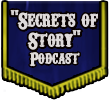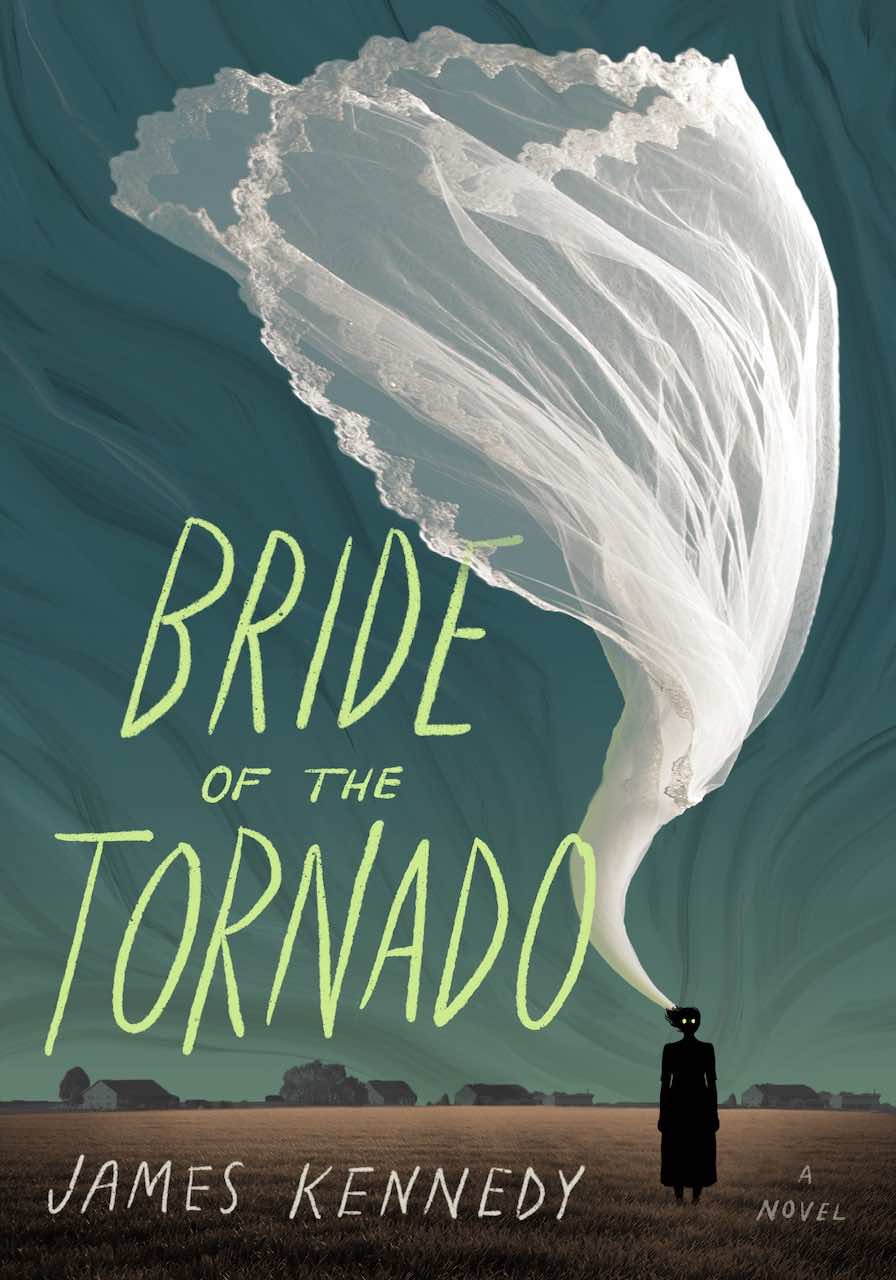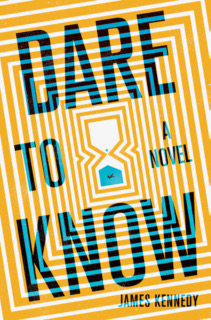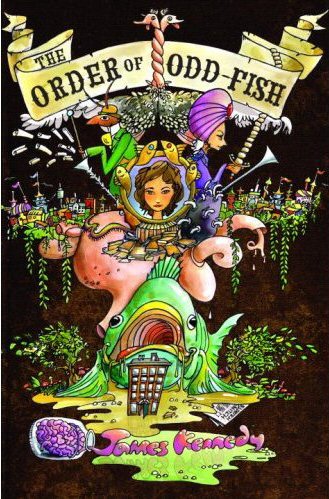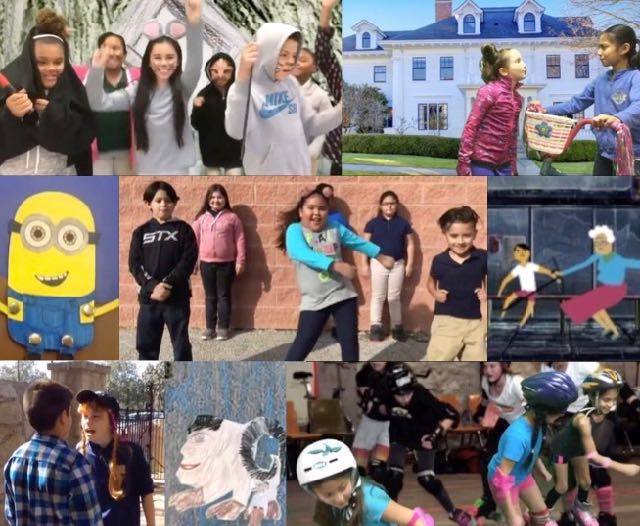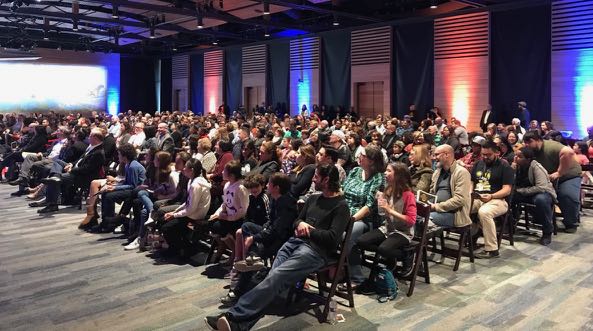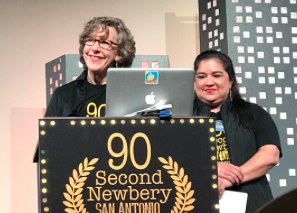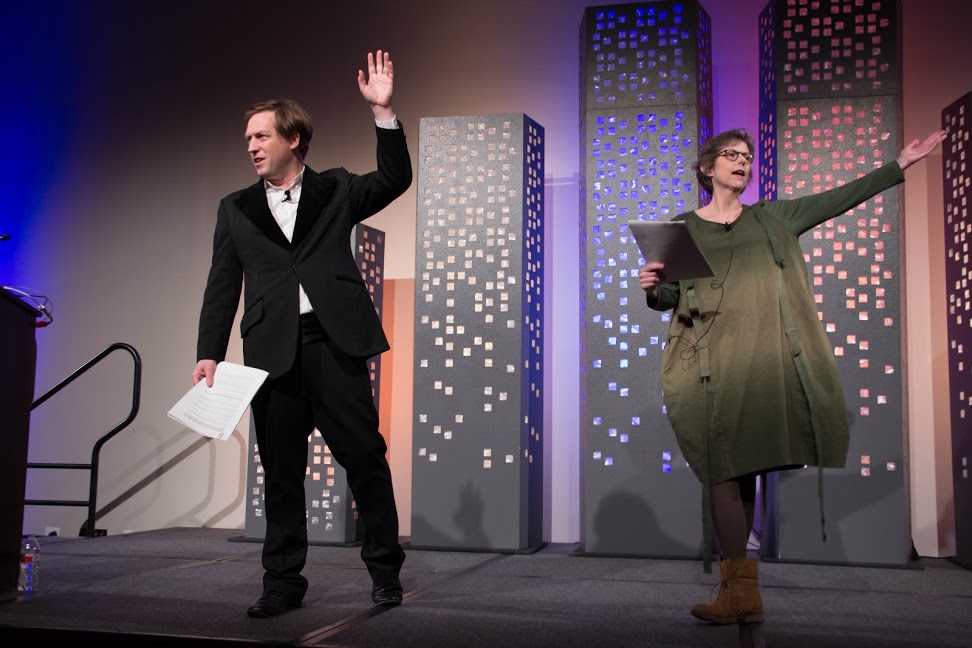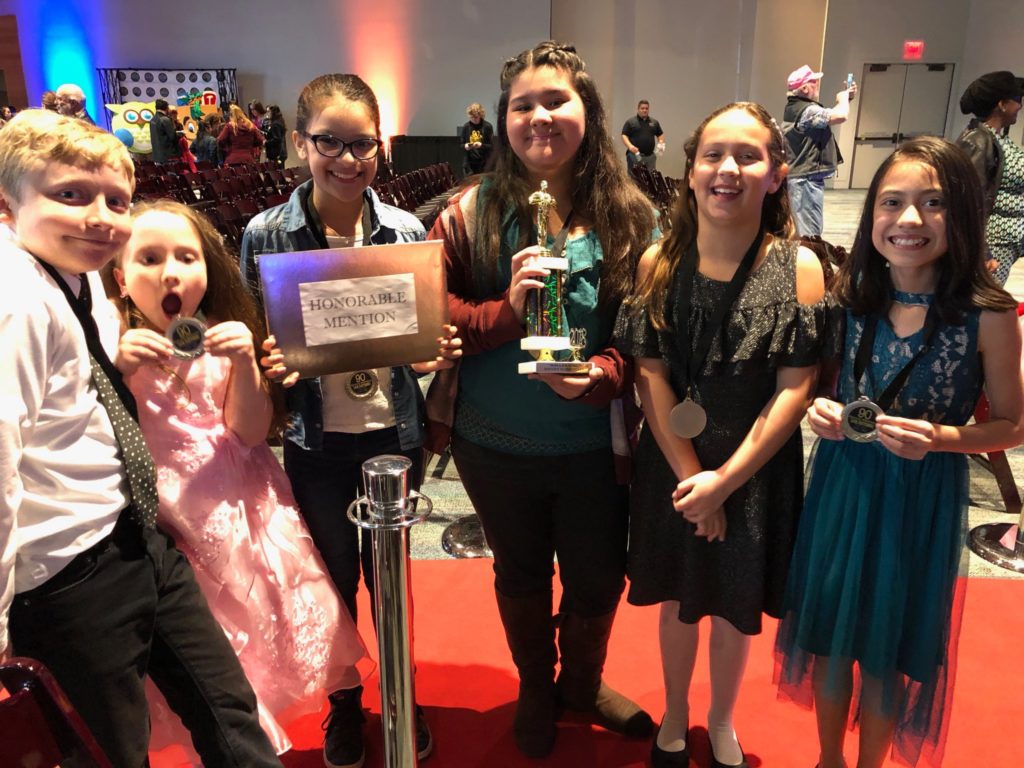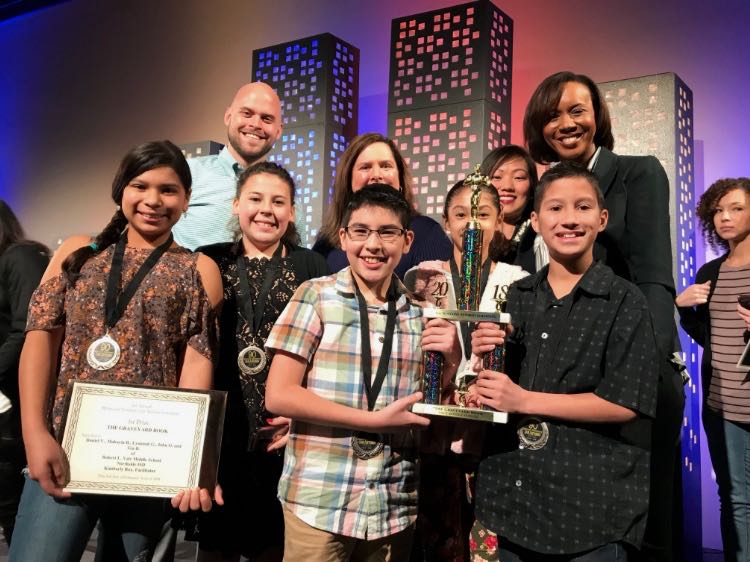90-Second Newbery 2018: MINNEAPOLIS!
February 26, 2018

|
Do you want the 90-Second Newbery to continue into next year and beyond? Please consider making a tax-deductible donation to keep us going. We are under the nonprofit fiscal sponsorship of Fractured Atlas.
On Saturday, February 10 we brought the 90-Second Newbery Film Festival back to Minneapolis for the fourth year!
Now last year, my amazing co-host in Minneapolis for the past three seasons, author Kelly Barnhill, WON THE NEWBERY MEDAL for her excellent fantasy The Girl Who Drank The Moon (fun fact: in an email exchange with Kelly before the announcement, I predicted to her that she’d win, and she said no way. I know things before they happen, people.) Kelly had been a fantastic co-host over the years—check out how she rocked out the opening skit of last year’s Minneapolis 90-Second Newbery—and two years ago, when my computer crashed onstage, Kelly jumped in and entertained the crowd for 10 minutes while I sorted out the technical issues. A brilliant writer, a pro stage presence, and a good friend!
But when you win the Newbery Medal, you get busy. I knew that Kelly’s schedule would be too packed for her to co-host this year. But she thoughtfully recommended a great replacement: prolific, award-winning author Pete Hautman. I knew about Pete already because my nephew Theo had been after me for months to read his book Godless (I did—and it deserved that National Book Award!). I really got to know Pete over that weekend, and he turned out to be a charming, hilarious co-host too. It turns out that Minneapolis is crawling with authors who know their way around a stage! Here I am with Pete in the opening skit (which, unfortunately, I don’t have a good video of, because of sound issues):

|
Every year, Minnesota is a hotbed of 90-Second Newbery activity. This year we had nearly one hundred entries from all across the state! It was difficult to choose which ones to show at the screening. I’m so inspired and thankful at how Minnesota has embraced the film festival! And it’s all due to the great efforts of Jen Verbrugge and Jen Nelson of the Minnesota Department of Education, who dedicate so much of their time and resources to promoting the film festival around the state. I really appreciate it!
We pretty much filled up the 230-seat theater at the Central Library in Minneapolis. Here are Pete and I with the young filmmakers:

|
(And speaking of old friends, one of our favorite 90-Second Newbery filmmakers from the early days of the festival—Jennings Mergenthal of Tacoma—is now a college student in the Minneapolis area, and was nice enough to stop by the screening! For old times’ sake, this year in Minneapolis I went ahead and showed Jennings’ first entry for the film festival, from all the way back in 2013: a Claymation version of Hendrik Willem van Loon’s 1922 Medal Winner The Story of Mankind. You can see that, and all of Jennings’ excellent 90-Second Newbery claymation movies, here.)
Let’s take a look at some of the Minnesota-made 90-Second Newbery movies we featured at the screening!
I always love it when filmmakers put weird twists on the material, and Breanne and Tabetha of Boeckman Middle School certainly do that here. It’s an adaptation of Kate DiCamillo’s Because of Winn-Dixie, in which all the parts are played by . . . wait for it . . . chicken nuggets:
On the 90-Second Newbery website, the judges said, “I was impressed by the total commitment to this gloriously goofy premise . . . Fun to watch, and remarkably faithful to the book!”
Also from Boeckman Middle School was Ben and Cohen’s adaptation of Padraic Colum’s 1922 Honor Book The Golden Fleece and the Heroes Who Lived Before Achilles:
On the 90-Second Newbery website, the judges said, “Fantastic Lego stop-motion animation! It was a clever twist to reset the story in high school . . . the Argonauts’ van was a highlight, especially how it dumps out its crew and then goes zooming off on its own.”
Madison, Brigid, Hazel and Vot of Somerset Elementary did this movie of Gary Paulsen’s 1988 Honor Book Hatchet:
As the judges said, “Great idea to set Hatchet in outer space! The rocketship travel scenes were particularly fun to watch, with the rocket flying crazily all over the place and then crashing on Mars . . . The stop-motion animation was fluid and the sets were satisfyingly detailed.”
Mitali M. and Frankie C. of Sanford Middle School gave us this version Three Times Lucky, done in the style of a scrapbook:
The judges on the 90-Second Newbery website said, “A brilliant and creative idea to tell the story in the form of a scrapbook. The photographs and illustrations and extra items (the footprints! the scrawled notes in the margins! the fancy illuminated letters! the blood splatters!) made for a visually engaging experience.”
Next up is another Lego stop-motion movie. This one’s by Cambell Borrowman of Simley Middle School, and it’s of the 1941 Medal Winner Call it Courage:
On the 90-Second Newbery website, the judges say, “Spectacular! The lego stop-motion was elaborate and beautifully done . . . the chase scene when he’s leaving the island is a nail-biter.”
This was a big year for stop-motion in Minnesota. The next one is another stop-motion, this time of Richard and Florence Atwater’s Mr. Popper’s Penguins, by Lucas of Inver Grove Heights Middle School:
As the review on the 90-Second Newbery website says, “The stop-motion lego work was exquisitely detailed, the green screen work resourceful and on-point, and the voiceover acting funny and expressive . . . Great elaborate animation, lots of witty dialogue, great editing and fun additions throughout!”
We don’t have room to feature every single Minnesota movie we screened on February 10 in this one post, but you can check out those other great movies, with their reviews, by following these links:
When You Reach Me by Ben, Sofia, Jordyn, Alex, Arianna, Mr. TJ, Ms. Amber, and Mr. Nate. of Central Park Elementary
The War That Saved My Life by Ms. Durand’s Class of Oneka Elementary School
Flora & Ulysses: The Illuminated Adventures by Highlands Elementary
Where the Mountain Meets the Moon by Eddie, Katherine, Gabby, and Bella of Highlands Elementary
From the Mixed-Up Files of Mrs. Basil E. Frankweiler by Leo and Clare of Somerset Elementary School
Old Yeller by Maddie of Inver Grove Heights Middle School
Holes by Joshua A., Joshua B.G., and Jamari B. of Anwatin Middle School
Holes by Tysen, Gavin, Preston, Tyson, Johnny, Camron, and Caleb of Spring Grove School
The Giver by Brianna, Kenzie, Ava, and Julia of Spring Grove School
Thanks so much to all the young filmmakers, and to the teachers and parents and librarians who supported them! Remember, it’s never too early to get to work on a 90-Second Newbery movie for next year. You can turn your movie in at any time, and the deadline will be January 11, 2019!
Here’s the final montage we showed at the end of the show. Thanks again!
Do you want the 90-Second Newbery to continue into next year and beyond? Please consider making a tax-deductible donation to keep us going. We are under the nonprofit fiscal sponsorship of Fractured Atlas.






